Plain horses or Atsai
My K'aa doesn't like ships, we travel better and faster on landBoth an iconic element of the Gadah Atsakai's landscape and the best way to travel it, the Atsai, from the name the Otadan use for them, is a breed of incredibly sturdy and resilient mounts that can survive and thrive in all the extreme conditions the Eastern plains are famous for. The few of these animals that ever reach the western continent rarely stand out in fairs and markets for stature or attractiveness. Nevertheless, they never fail to amaze anyone who has the fortune to ride them in their natural habitat, for their comfortable gait and speed on the long distances. There are two domesticated variants of this breed, almost exclusively bred by two of the Otadan Nations. The most ancient type is the heavy Atsai, bred by the Black Wolf Nation, taller and more muscular, these horses are selected by the southernmost tribes to be stoic and fearless in battle and to be able to stand their ground against the goblin cavalry. A more recent type is the light Atsai, bred by the Blue Boar Nation, slender and spirited, these horses are more commonly used for the hunting and the rapid skirmishes preferred by this nation's warriors. Most of these animals, anyway, still live wild in the steppe and are hunt for their meat by the inhabitants of the Gadah Atsakai. They are the smallest type, barely taller than a halfling pony and they are almost impossible to domesticate unless captured when very young and imprinted to a domestic mare. Both the domesticated types are kept in semi feral herds by each tribe, and they naturally follow the humans in their migrations, being saddled and used as a mount only when needed. This system takes advantage of the natural hierarchy of the herds who will follow the leading mares wherever she goes. Very few of these horses are bonded with a single person and can be considered a personal mount. Among these few, is always the dominant female of the herd, who is usually assigned to a chief or the best rider and has the task to walk at the head of the herd during the migrations. These mares are sometimes aided by one to five of the more mature females, in particular when the group is very large, and by the dominant stallions who have the task to protect the group.
There is nothing in the world that can travel faster than an Akharmur courier
Origins
It is unclear where the Atsai originates from. It is agreed that they must have descended from a domesticated horse, but some claim they were the Akharmur Empire courier horses, displaced by the The conflagration, while others think they were brought by the first Otadan when they arrived in Eastern Phaldorya.Characteristics
The Atsai usually stand between 120 and 140 centimeters tall, they have a strong and elegant head over a muscular, gently arched neck adorned by a thick mane. The legs are often slim but strong and the tail almost reaches the hooves. This characteristic is taken advantage of by the Otadan, who use their tail hair to make strong ropes and for sewing. In winter and the colder climate, they grow a thick, rough coat that effectively protects them from the elements. The colour is the most varied including both solid colorations and mottled, painted, or dappled coats to which the various nations of the Otadan attribute different meaning and prestige. The hooves are small but hard and don't need shoeing even when working on the hardest grounds. The most striking characteristic of the Atsai is anyway their stamina. Most of the heavy Atsai can carry more than their weight for long distances and several consecutive days, while the light Atsai can travel at a high gallop for up to 10 km without stopping. This is one of the main reasons that convinced the historians that they might be what's left of the horses of the mythical Akharmur Empire postal system whose stations were, for most of its length, 8 to 10 km apart.Uses and Traditions
Apart from the obvious use as transport and mount, the Atsai horses provide several other products to the tribes that keep them. The most valued of them is the Mare's milk from which the Otadan make a type of hard cheese and a fermented spirit and that has ritual significance in many of their religious celebrations.As said the tail and mane's hair are very strong and are used to braid ropes and as sewing material. Much like for the hair of people, the Otadan believe the hair of horses to be linked with their spirit and never cut it. The hair used for ropes is the loose hair that is naturally shed when the tail and mane are combed.
The sky is just lighting up when two figures appear from the harbour streets, man and horse walking side by side like two old friends heading to a new day of work. Once reached the quay, the man puts down the backpack and the horses harness, and sits a few steps from the other man, with the legs crossed and the eyes towards the rising sun. As lead by invisible reins, the mare walks in front of him and lowers the head against his. The two spend a few minutes like this, the man murmuring a strange litany and the scene stillness only broken by his hands that gently stroke the animal's ears.
Horse colour symbolism
Despite the fact that they value the horses mainly for their utilitarian value, the Otadan have a rich symbolism attached to the colour of the horses and some of them are considered more prestigious than others. In general, the Blue Boar tribes prefer horses with their mantle mottled or bicoloued, while the Black Wolf people favour solid coloured steed.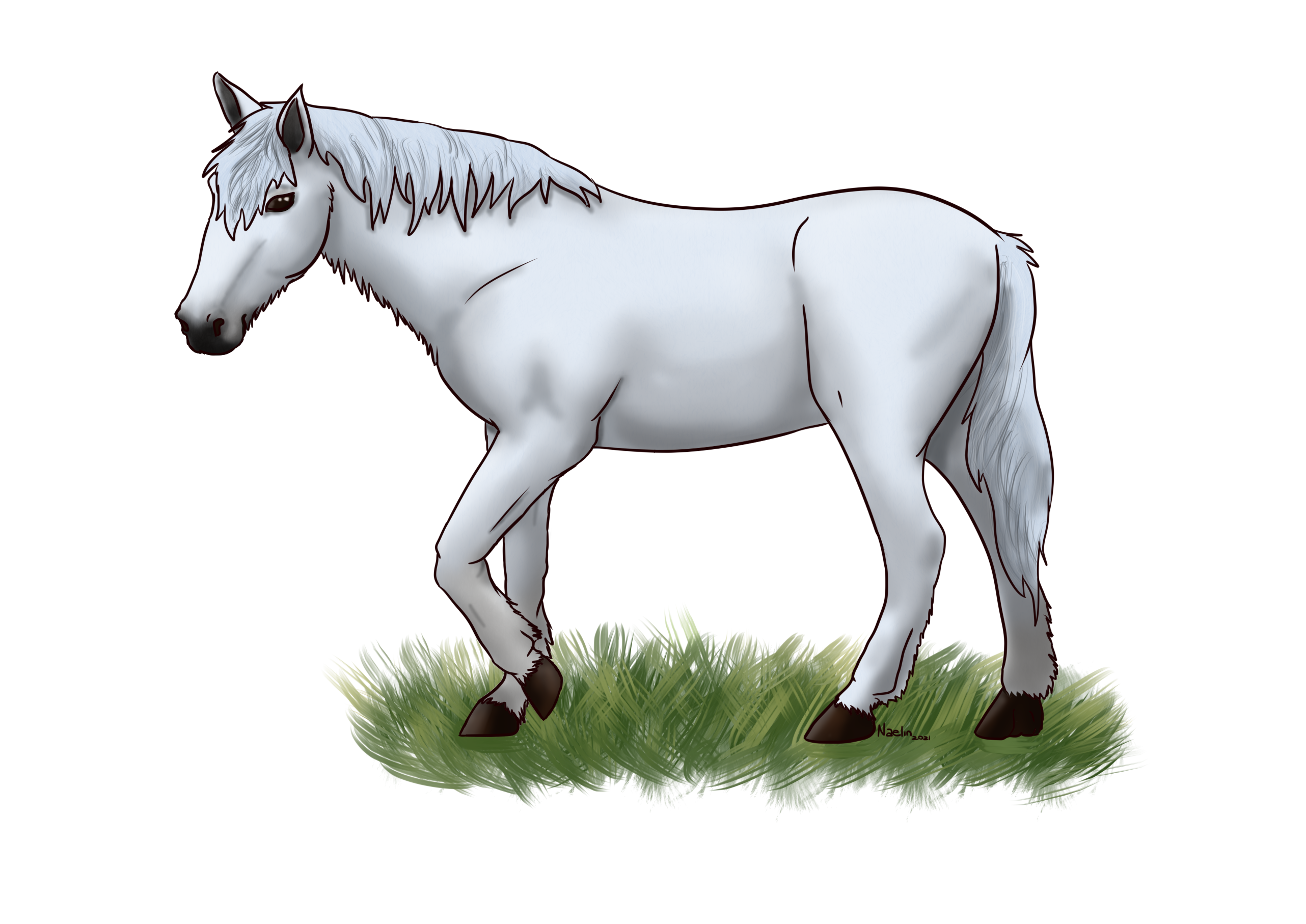
by Naelin
White horse
The rare white horses are considered favoured by the spirits and to bring protection to the tribe.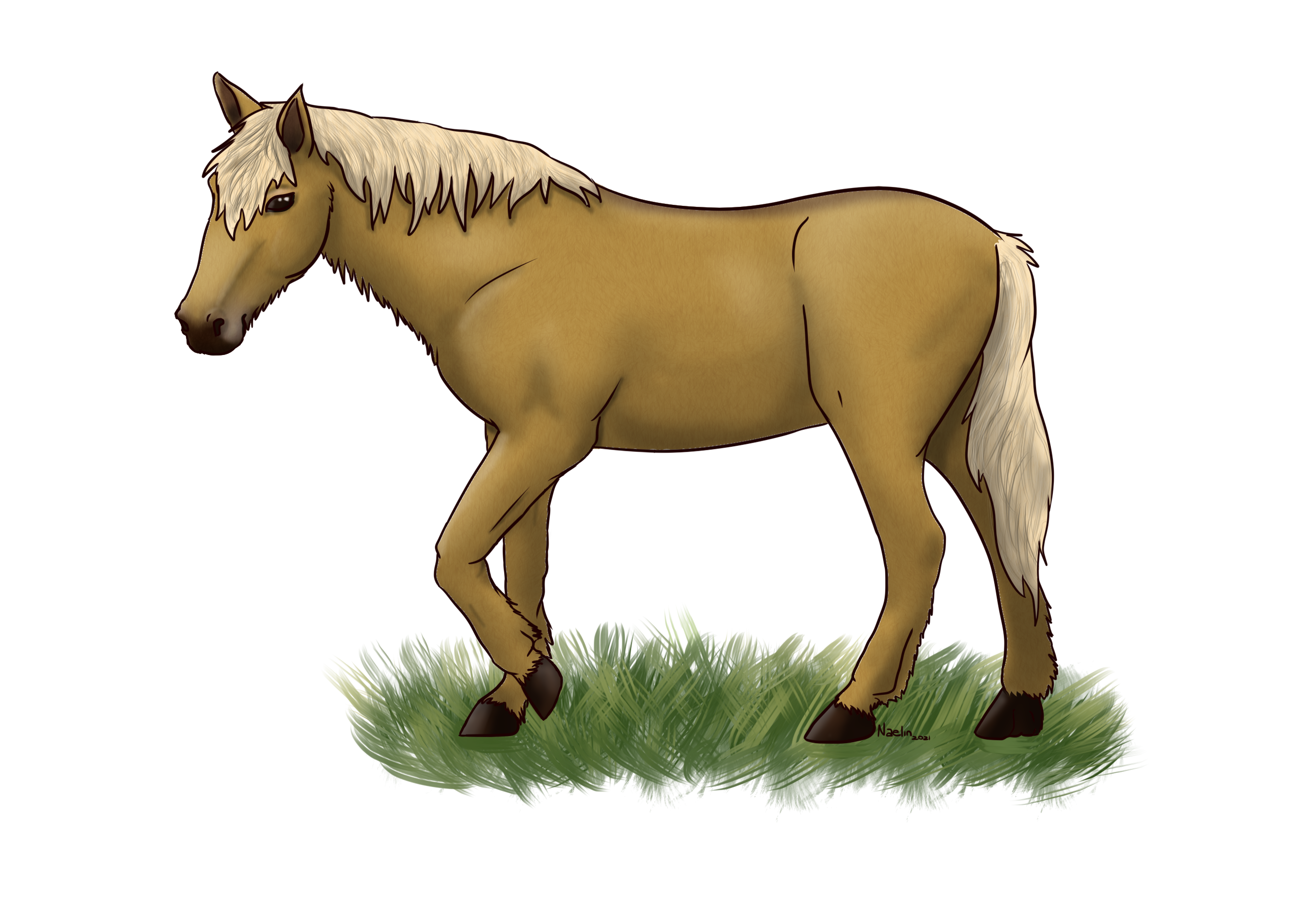
by Naelin
Gold horse
Horses with a light brown or gold coat symbolize maternal love and they are often the horses reserved to the prominent Mothers in the clans.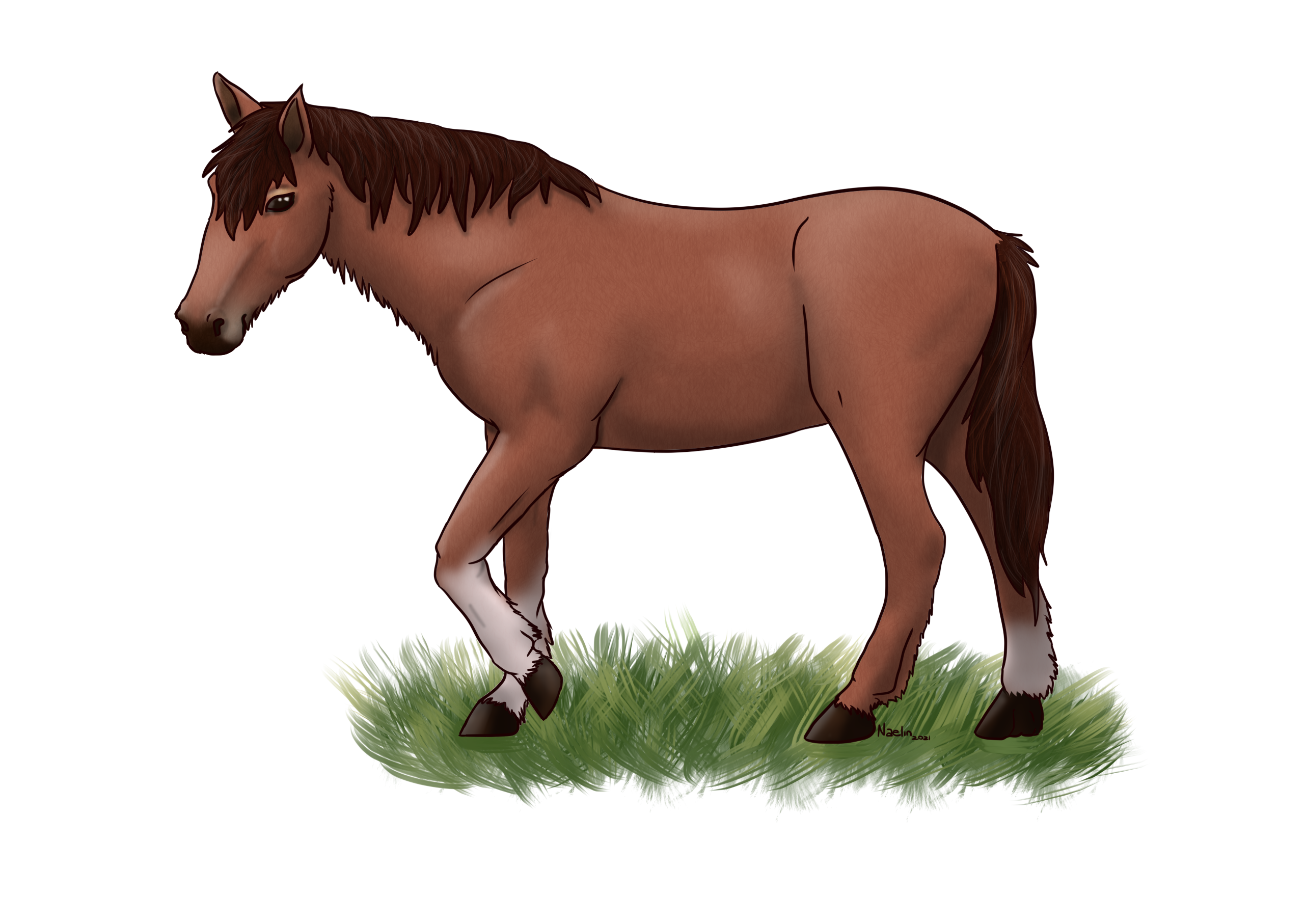
by Naelin
Red horse
An horse with a reddish-brown tint, be it solid or in combination with other colours, is tought to be fearless in combat.
by Naelin
Bay and Brown colours
The most common colours, these are considereed a proof of the reliability of the animal, even when mixed with other colours.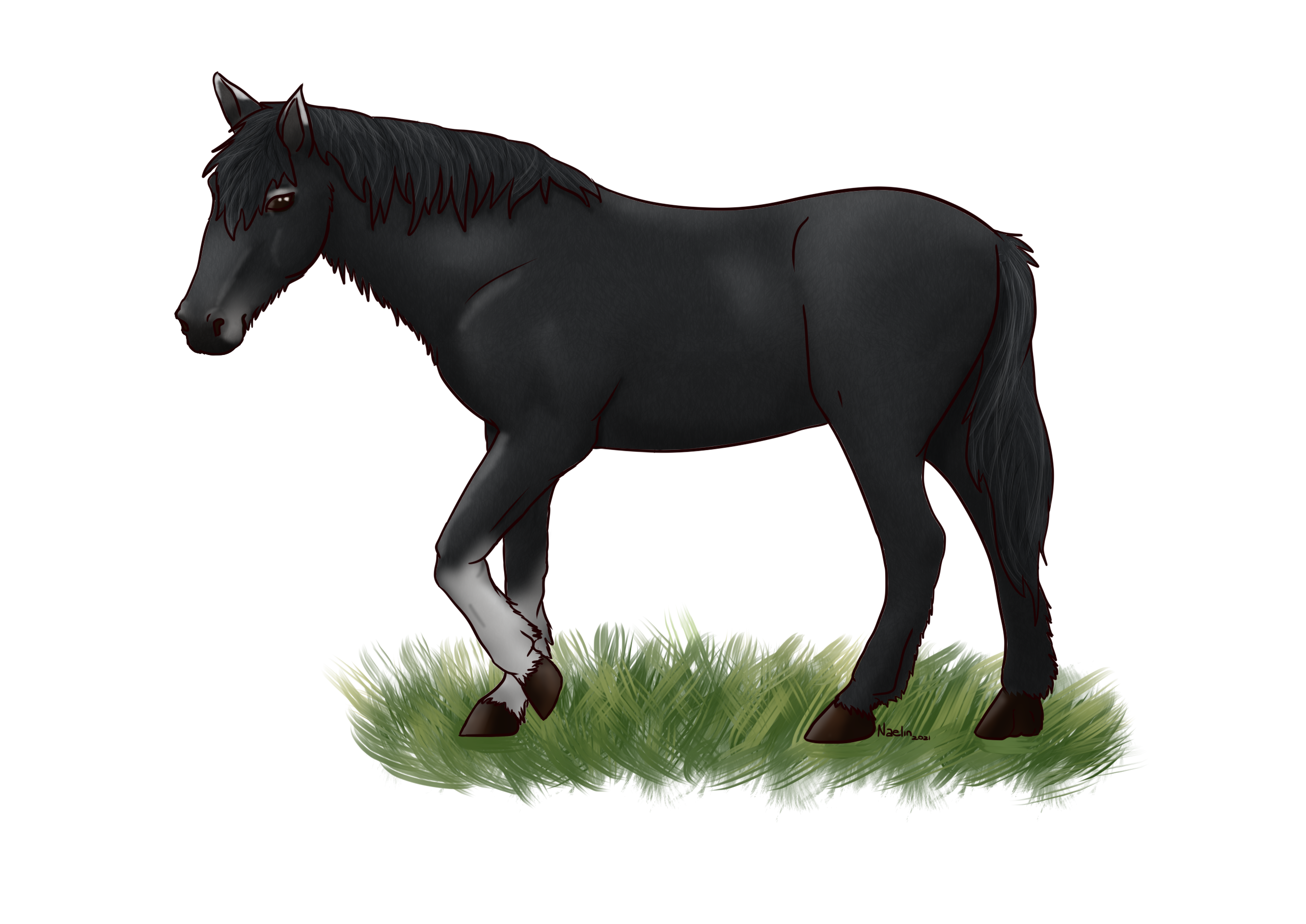
by Naelin
Black horse
The black horse is symbol of the eternal cycle of life and death, they are considered to be the most suitable horses for shamans and spiritual leaders.
Lifespan
20-30 years
Average Height
120-140cm
Average Weight
250kg
Geographic Distribution
Related Ethnicities

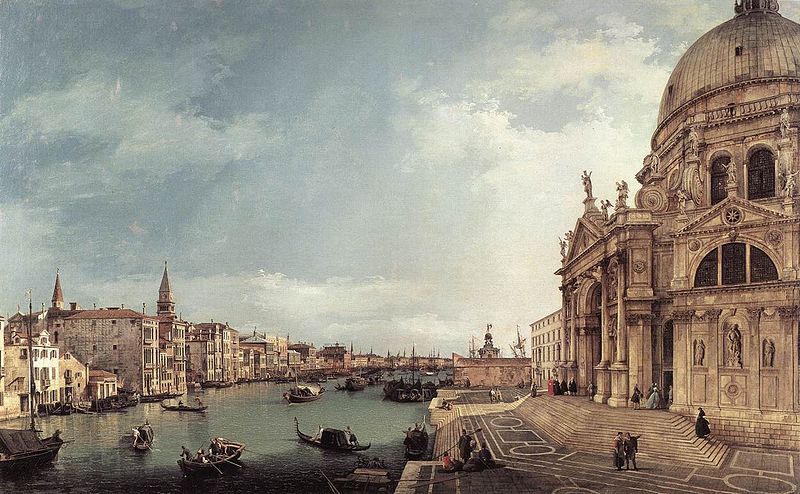
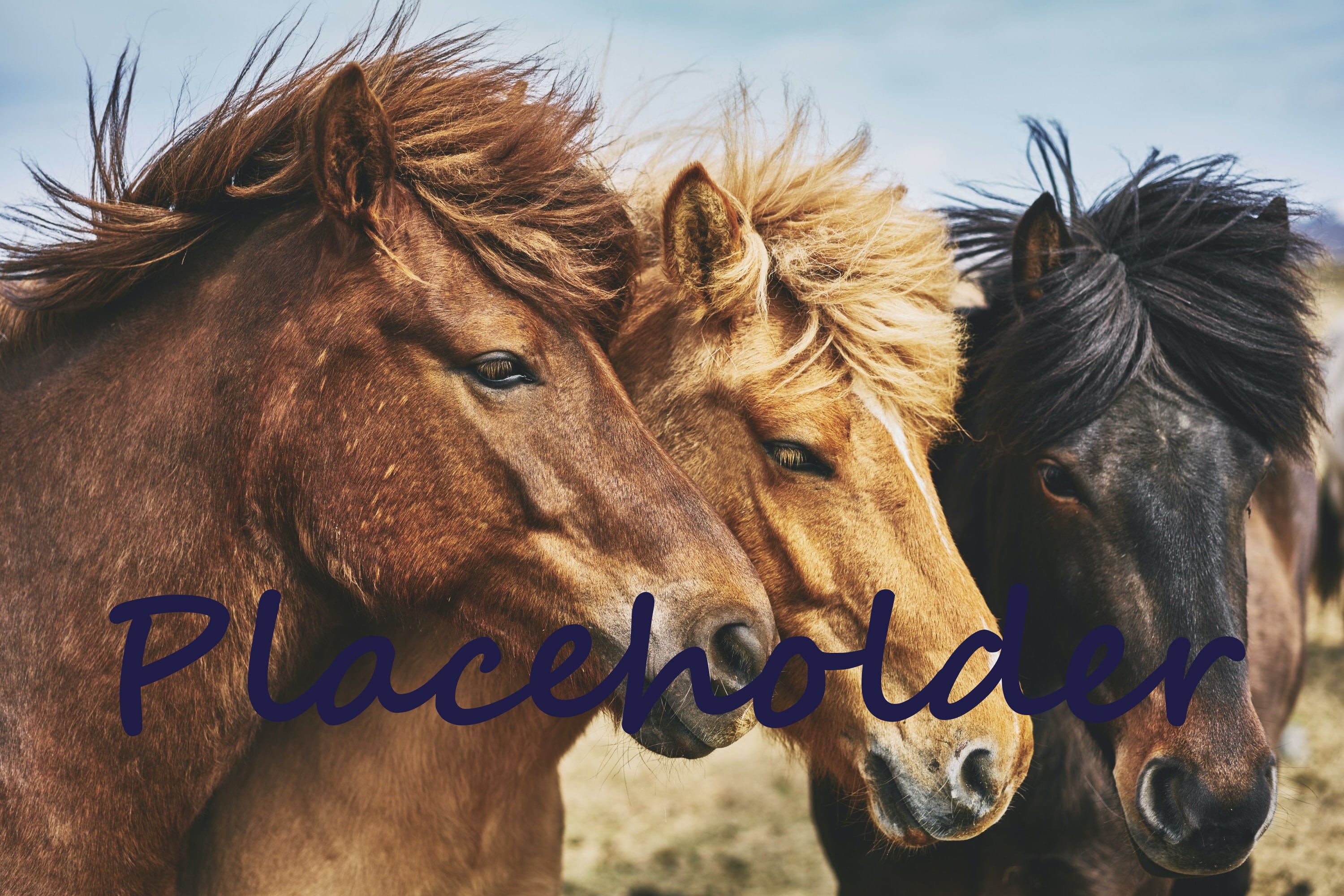
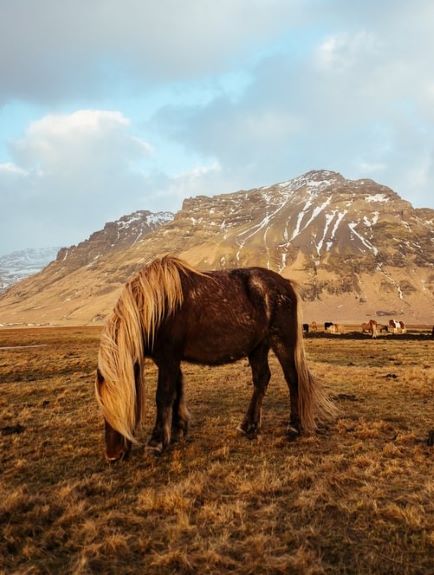

I love the colour symbolism that the Otadan believe in when it comes to their horses. I also really love that they won't cut their horses' manes because the hair is spiritual. Such nice cultural touches that really bring the article to life! :D